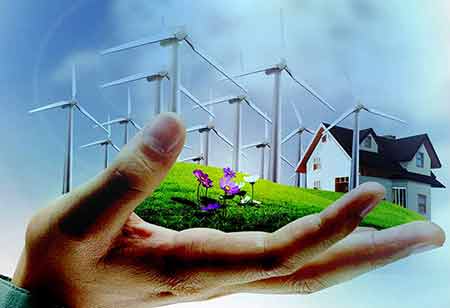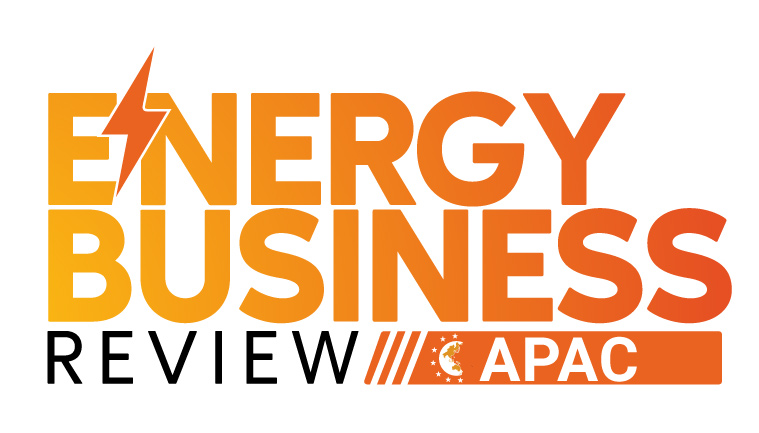Thank you for Subscribing to Energy Business Review Weekly Brief
Applications of Solar Energy
The sun is the source of all life on Earth, and solar energy benefits us differently.

By
Energy Business Review | Tuesday, August 09, 2022
Stay ahead of the industry with exclusive feature stories on the top companies, expert insights and the latest news delivered straight to your inbox. Subscribe today.
Renewable energy is now a more normal part of our lives. Innovation will proceed to push new solar energy uses to improve daily lives and contribute to a cleaner planet.
FREMONT, CA: The sun is the source of all life on Earth, and solar energy benefits us differently. The sun produces two distinct forms of energy—light and heat—which we can harness for various purposes, from photosynthesis in plants to electricity generation through photovoltaic (PV) cells to heating water and food. Let's look at some of the sunlight's general applications and benefits in daily life.
Floating Solar Panels: Solar farms need a big cleared field to efficiently place and arrange many solar panels. No precious land is necessary for floating solar farms. Floating solar has several advantages. The shade minimizes water temperature and evaporation, which benefits healthy ecosystems and creates thousands of jobs in an age of global warming.
Passive Solar: Passive solar is a method for homeowners to gather heat. South-facing windows let in a heap of natural light, enabling homeowners to collect and store the free light energy penetrating their homes through their windows using Thermal Mass.
Thermal Mass is a substance that can absorb, store, and re-emit heat. Thermal Mass materials warm up through the day. Then, they slowly release heat into the air via applications such as fans and ducts, thus maintaining a stable temperature in the house or workplace.
Solar Skins: "solar skin" concerns a cutting-edge solar technology developed by MIT spin-off Sistine Solar that includes unique designs for solar panel systems. Solar skin is an aesthetic overlay that, through imprinted bespoke pictures, modifies the appearance of any solar panel.
The device utilizes selective light filtration to produce a bright image while efficiently transmitting sunlight to the underlying solar panel. Customize images to incorporate corporate logos or adverts.
Solar Fabrics: A grain of sand size solar cell can now be incorporated into a garment's fabric. Solar filaments unified into shirts, winter jackets, and other clothing can keep people warm, charge their phones, and power other portable electronic devices. It may also illuminate building facades, awnings, curtains, and power-heated automobile seats.






